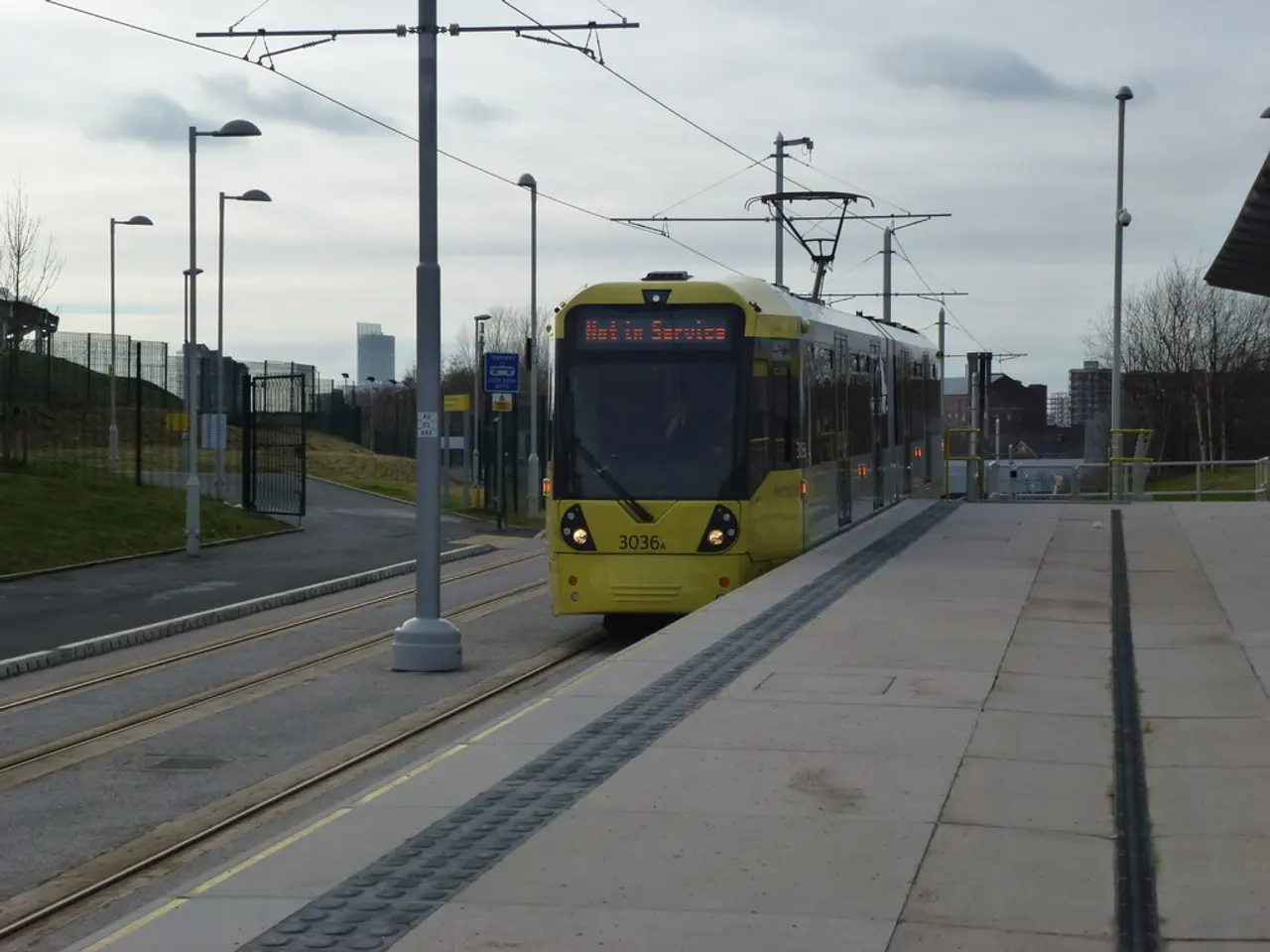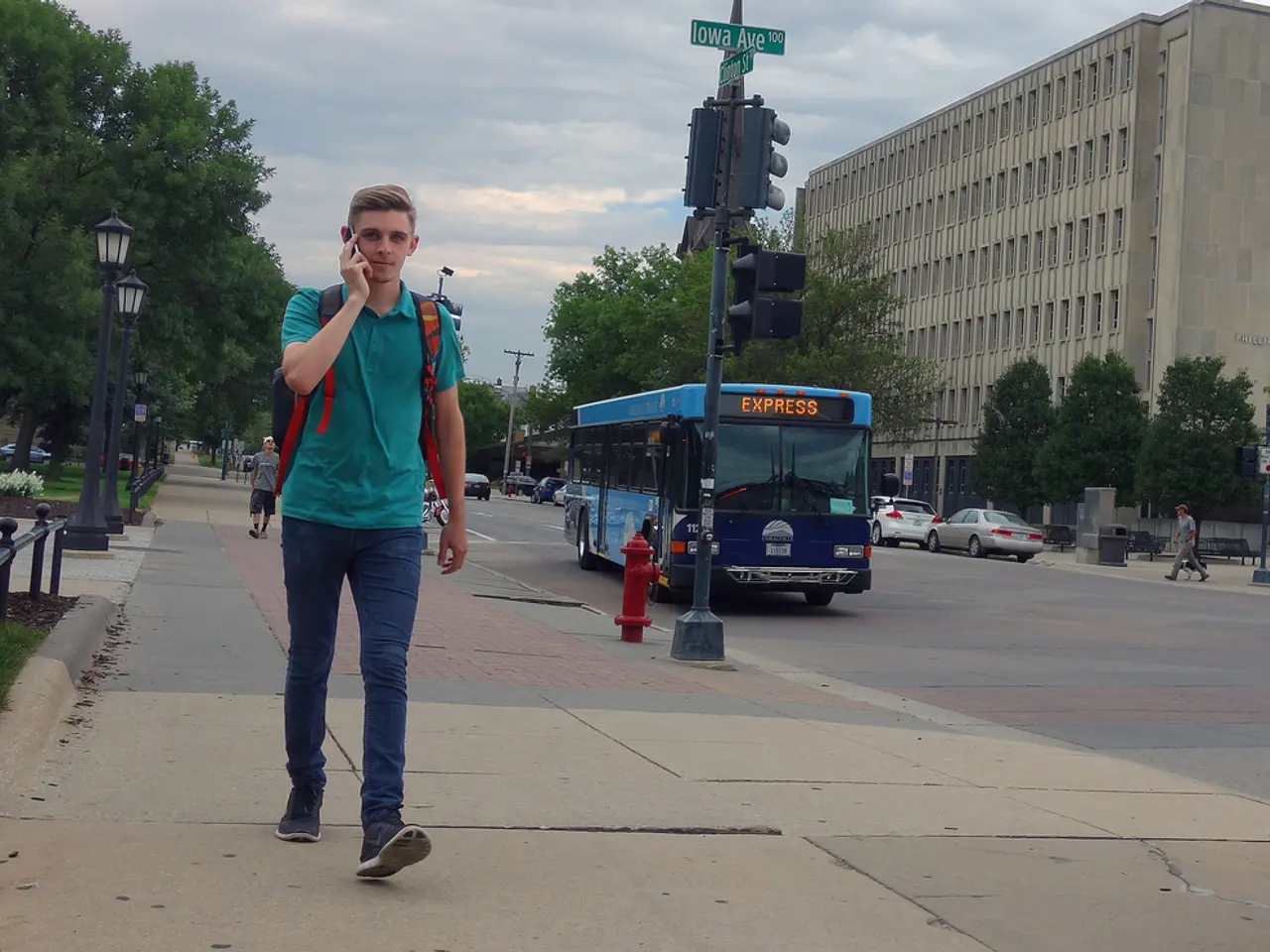Job market in the region maintains its equilibrium in August 2022
The ongoing energy crisis and the structural transformation from coal mining to a post-coal economic future are having a significant impact on the labor market in Halle, Germany. Halle is part of the Central German Mining District, where brown coal mining is still active but scheduled to end by 2038, with a transition period underway.
This transition has created a labor market marked by uncertainty and adjustment challenges. Traditional, well-paid jobs in coal mining are gradually disappearing, and new carbon-neutral industries have yet to be fully established. The transition aims to avoid significant economic decline by channeling substantial structural funds (about 40 billion euros) into the region to support economic diversification and social stability.
The decline of coal industry jobs is leading to job losses in traditional sectors. However, the investment in new industries and structural funds is intended to create jobs in carbon-neutral sectors, but this process is still in progress. As a result, the labor market is experiencing a mix of hope and uncertainty, with a gap between the disappearing coal jobs and the emerging new economy.
In August 2022, the unemployment rate in the Saalekreis remained significantly below the agency average at 6.2%. Compared to the previous month, there were 701 more unemployed individuals in the district, bringing the total to 5,939. This represents a slight increase of 176 individuals compared to a year ago. The unemployment rate in the Employment Agency district of Halle is 7.7%.
In the city of Halle, the number of unemployed individuals increased by 525 from July to August 2022, with 8,058 receiving basic security. The unemployment rate in the city is above the agency average at 8.9%.
The labor market is experiencing a slight slowdown, but the demand for workers remains extremely high due to factors such as recovery from the corona crisis, energy transition, and demographic change. Employers reported 629 new jobs to the joint employer service in the district.
The relative proportion of long-term unemployed among all unemployed in the district is 36.6%. In the SGB II circuit, unemployment increased by 470 persons from July to August 2022. As of the end of August, 16,584 individuals are unemployed in the district. The specific unemployment rate for individuals under 25 years old is 8.8%.
The unemployment rate in the Saalekreis remains high, with 67.6% of the total number of unemployed being SGB II recipients, which corresponds to 4,013 persons (+99 persons compared to the previous month). The relative proportion of SGB II unemployed in the city of Halle remains at a high level, currently 75.7%.
In the SGB III circuit, 231 more individuals were unemployed in August compared to the previous month, making the total 4,513. Compared to the previous year, there is a significant decrease in the number of long-term unemployed in the district by 15.6%.
The labor market in Halle is currently facing transitional disruptions with ongoing efforts for a "fair transition" that supports workers and economic stability. As the transition continues, it is expected that the labor market will continue to evolve, with new industries emerging and the demand for skilled workers in the green economy growing.
[1] Transition to a different comfort zone [2] Saalekreis job market [3] Halle job market
[1] The Economic and social policy focused on the transition in Halle, Germany, aimed at moving away from the comfort zone of traditional coal mining jobs towards carbon-neutral industries, presents an ongoing challenge of adjustment.
[2] The Saalekreis job market, despite a slight slowdown, is experiencing high demand for workers due to elements such as recovery from the corona crisis, energy transition, and demographic change, with employers reporting new job openings.
[3] In contrast, the Halle job market displays a more challenging landscape, with a higher unemployment rate than the Saalekreis average and a higher proportion of long-term unemployed, presenting unique demands for the labor force during this transitional phase of the post-coal Economic and social policy.




